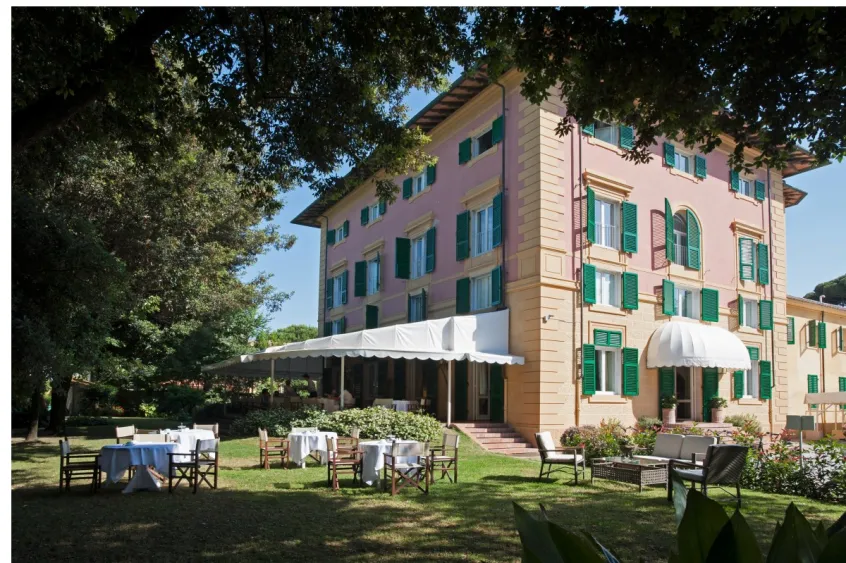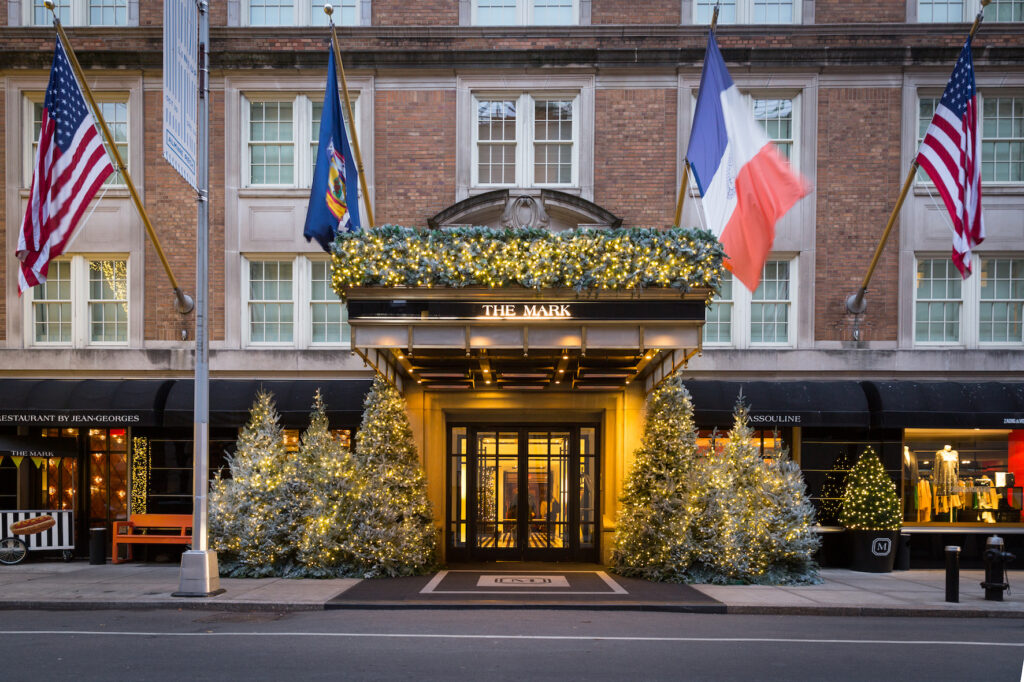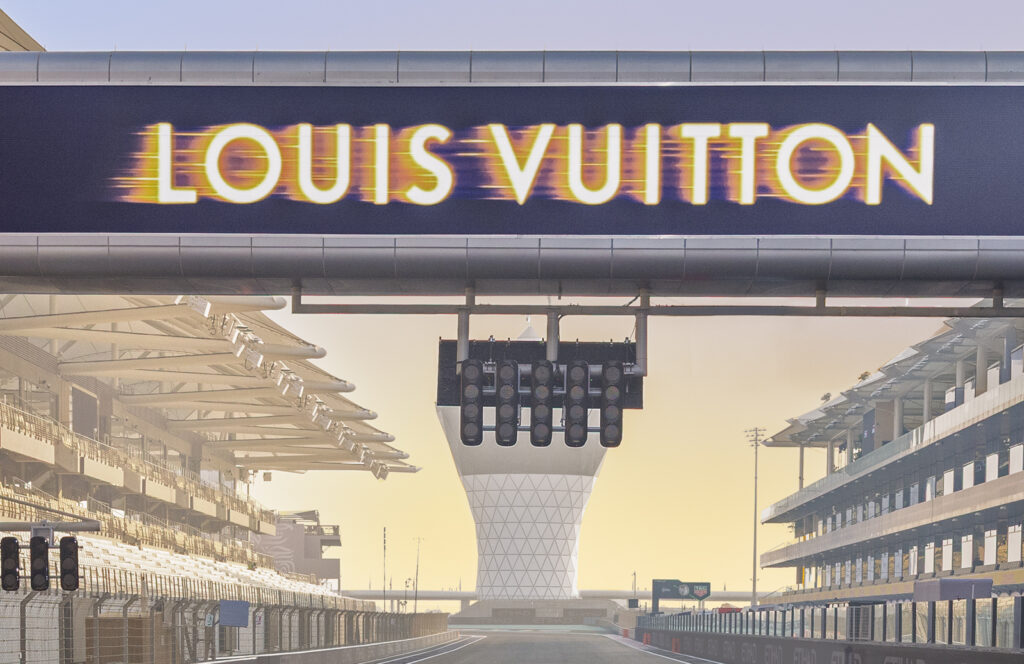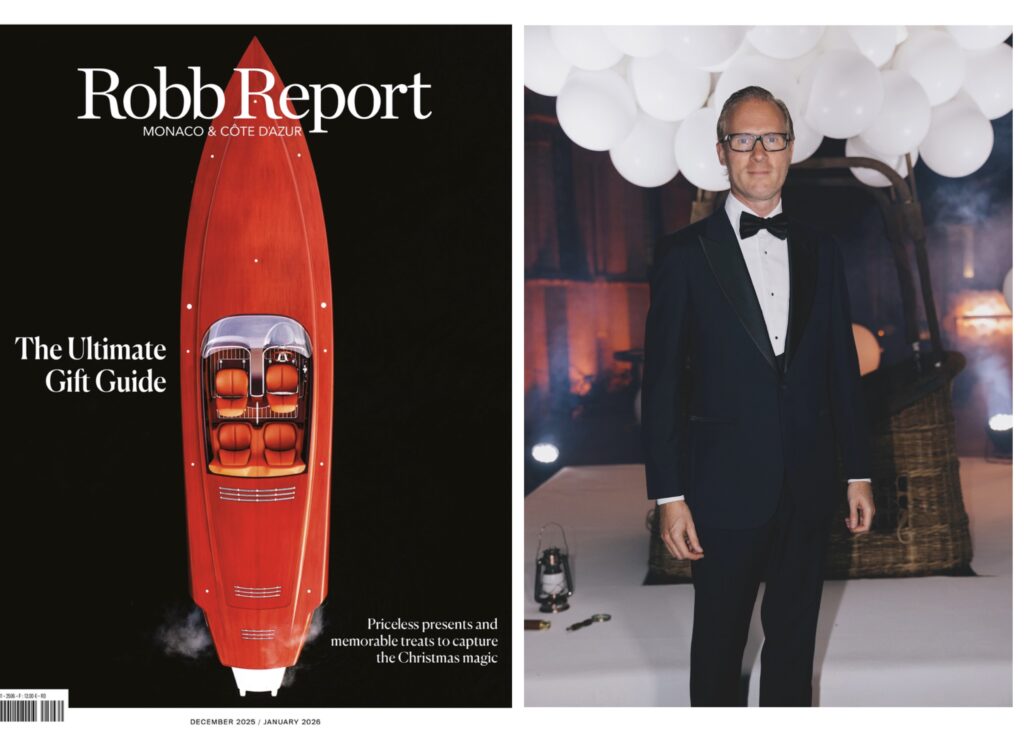Long a beloved hideaway for the Italian elite, Forte dei Marmi is Italy’s answer to the Hamptons
The Tuscan seaside town of Forte dei Marmi, in the heart of Versilia, has long been frequented by Italy’s elite. Once favored by Florentine bourgeoisie for its slower pace of life, today it’s defined by 1950s architecture and a yacht-dotted horizon. Candy-colored parasols, a tell-tale moniker of the area’s desirable beach clubs, stretch for miles along deep golden sands where Gianni Agnelli, the future industrialist and principal shareholder of Fiat, ran barefoot and care-free as a child with a belly full of clam focaccia and sticky gelato.
Forte dei Marmi is just over an hour’s drive from the tumbledown houses of Cinque Terre, though its pine-shaded grid-plan streets little resemble the winding clifftop roads of its neighbor. The town’s origins lie in the 16th century, when the marble quarries of the Versilian municipalities were donated to the ruling Medici family. They opened new quarries, including the white gold stone of Carrara so favored by Michelangelo, and laid a road to bring the marble blocks down to the sea. News of the sandy enclave, at odds with the rocky outcrops of Portofino and Amalfi, quickly spread. Later, when Grand Duke Leopold II built his forte dei marmi, the “marble fort,” the town found its name.

During my visit in early June, it’s the Via G Spinetti, a street-shrine to international designer boutiques and open-air coffee shops, that draws the tourists. It feels akin to an Italian version of the Hamptons, where shiny push bikes outnumber the cars, and sun-kissed children dressed in Loro Piana knitwear skip across the cleanly swept pedestrianized squares. Andrea Bocelli and Giorgio Armani own villas in the town, while British writer Aldous Huxley and sculptor Henry Moore once sought inspiration here.
Along the palm-fringed coastal road, La Capannina, an elegant seafood restaurant by day and beachfront disco by night, has been the nucleus of high society since the 1920s. Italian “royalty,” including the Pirellis (of the multinational tire manufacturer) and the Agnellis, whose assets at one time represented 4.4 percent of Italy’s GDP, descended on it during the summer months. It’s walking distance from Villa Agnelli, Gianni’s former ancestral holiday home—now Hotel Augustus Lido, one of 15 properties that collectively form the Augustus Hotel & Resort owned and managed by the Maschietto family.

My air-conditioned car sweeps up the rose-lined drive, famously painted fire engine red, within half an hour of leaving Pisa airport. I’m greeted at the doors of Villa Pesenti, which was designed by famed architect Osvaldo Borsani and sets the tone for the hotel’s Liberty-Deco aesthetic. The style, developed in Europe during the Belle Epoque, took inspiration from plants and flowers, and is characterized at Augustus in the bottle green window shutters, green and white candy-striped sun awnings, and Fornasetti wallpaper.
Set further back within the resort are the two newest additions, Villa Ala Anita and Villa Ala Bianca, which opened in June with design by Discreet Architecture. Both villas are spread across two floors and offer spacious living areas, three bedrooms, and private outdoor hot tubs that blend into the intimacy of the gardens and manicured walkways.
“The villas are inspired by our most well-known buildings, Villa Pesenti and Villa Agnelli, reinforcing our position as a secluded private family hotel,” says Giacomo Maschietto, CEO of Augustus Hotel & Resort. “Set within an exclusive community, our enduring appeal is the peace and privacy that we offer families with a home-like comfort.”

That includes an historic underground tunnel, whose pistachio-green walls and wallpapered ceiling links the main property to the beach. Originally built by Giovanni Agnelli to bypass the busy coastal road, it remains exclusively reserved for the hotel’s guests. Billowing white linen sunshades and original 1960’s “cabine” changing rooms throw shade across the hand-raked golden sand. The high vaulted ceiling of Giovanni’s seaplane hangar now forms part of the Bambaissa beachfront restaurant, where Giacomo and I dine on fresh seafood.
“The one imperative in the design phase was respecting what was already there, just as my father has always tried to do,” says Maschietto. “We have never looked for something different, instead choosing to stay in line with the history of the site.”
It is, of course, the only option, for the allure of Forte dei Marmi lies not in its fashionable shopping and prestigious holiday makers, but in the nostalgic simplicity of its dreamy dolce vita lifestyle.








